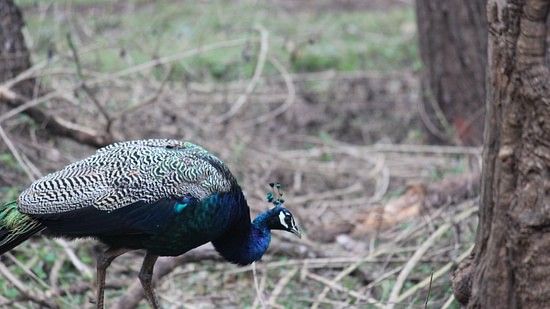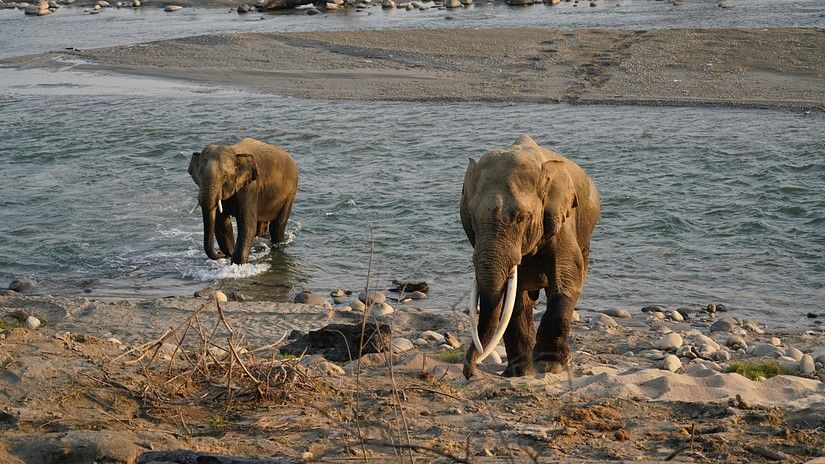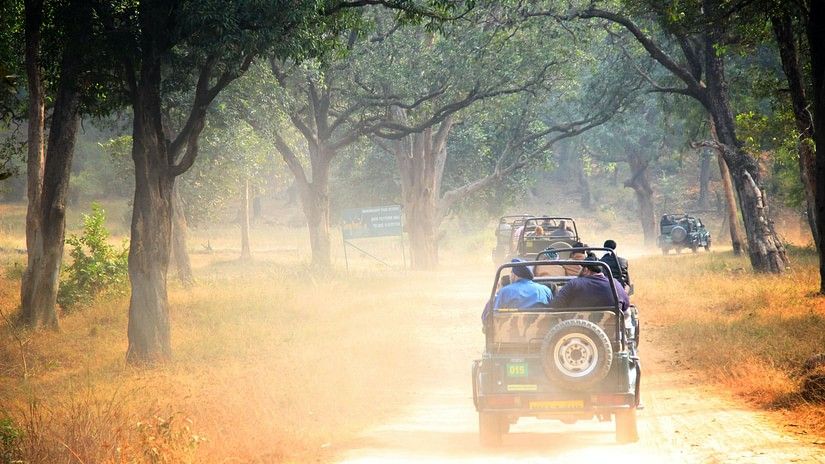- Karnataka Tour Itinerary
- Weekend Trips from Bangalore
- Sightseeing Places in Kabini
- Mysore to Kabini
- Coorg Kabini Itinerary
- Waterfalls Near Kabini
- Kabini Boat Safari
- Resort Near Kabini River
- Tourist Places in Kabini
- Stay in Kabini Forest
- Experiencing Jungle Resorts near Mysore
- 5 Things to Do in Kabini
- Bangalore to Kabini Road Trip
- Kabini Itinerary for 3 Days
- Tiger Reserves in South India
- Kabini Travel Guide
- Best Time to Visit Kabini
- The Backwaters of Kabini
- Fauna to be Spotted in Kabini
- Romantic Getaways Near Bangalore for Valentine’s Day
- Experiencing Jungle Resorts Near Mysore
- Kabini Vs Bandipur: Which is better?
- The Jenu Kuruba Tribe of Kabini
- Exploring Kabini in Monsoon
- Karapura and the Ramayana
- Nature Walks Along River Kabini
- Jungle and River Safaris in Kabini
- The Serai Kabini
- Ecotourism in the Nilgiri Reserve
- Step into the Wonders of Nagarhole Tiger Reserve
- Boating at River Kabini
- Kabini Dam



Nagarahole comes from the Sanskrit words for snake and stream, respectively. Nagarahole Park has been designated as India's 37th Tiger Reserve and UNESCO is considering the reserve for selection as a World Heritage Site. The parks that border Nagarahole are Bandipur, Mudumalai and Wayanad Wildlife Sanctuary. If you are in the mood for exploring some wilderness or probably feel nature at its best, Nagarhole Tiger Reserve is the place for you.
For tigers and elephants, the Nagarahole Tiger Reserve serves as a vital linking habitat to other Western Ghats regions through the Brahmagiri Wildlife Sanctuary and to the Eastern Ghats through the Bandipur Tiger Reserve.
Nagarhole is a combination of two Kannada names - Nagar (snake) and hole (stream). The name accurately captures the essence of this national park, where a few serpentine streams divide through the dense tropical trees that flow through its heart in an easterly direction. The 258 sq. km., expanse once served as a hunting reserve for the Maharajas of Mysore. This area was designated as a tiger reserve in 1999 to showcase the park's extensive forest cover, streams, hills, valleys and waterfalls. The hunter-predator ratio is good as Indian Bison and Elephants are also present in the National Park.


Nagarahole Tiger Reserve is where wildlife enthusiasts can see animals like tigers, leopards, wild dogs, sloth bears and hyenas. Numerous herbivores including spotted deers, sambar deers, barking deers, four-horned antelopes, gaurs, wild boars and elephants can be found in the girded area. You can also spot some of the Gaur population from the south at Nagarhole National Park.
A permanent water source inside the Nagarahole Tiger Reserve draws a lot of animals during the dry season (Feb to June), making it a potentially important location for wildlife sightings. Unlike the drier scrub of Bandipur, the forest here is of the moist-deciduous variety, a dense jungle with a thirty-meter-high canopy. The reserve woods of Arikeri, Hatgat and Nalkeri are essential components of Nagarhole National Park. There are numerous seasonal and permanent streams scattered across the undulating terrain.


You must make a reservation for a Nagarahole forest safari if you want to travel far inside the park. After the 2011 ban on private jeep safaris, the only drivable safari alternatives were a minibus or a vehicle rented from Jungle Lodges & Resorts (owned by the Karnataka government). The government-owned facility also provides reservations for boat safaris. Whatever you decide, reserve your tour by booking in advance of your trip. Timings for the Nagarhole forest safari run from 6:30 am to 5:30 pm.
Be sure to check our stay at The Serai Kabini when you're planning your trip to the Nagarhole Tiger Reserve. Our staff will help you with the booking for the safari while you wait in our spacious accommodations.